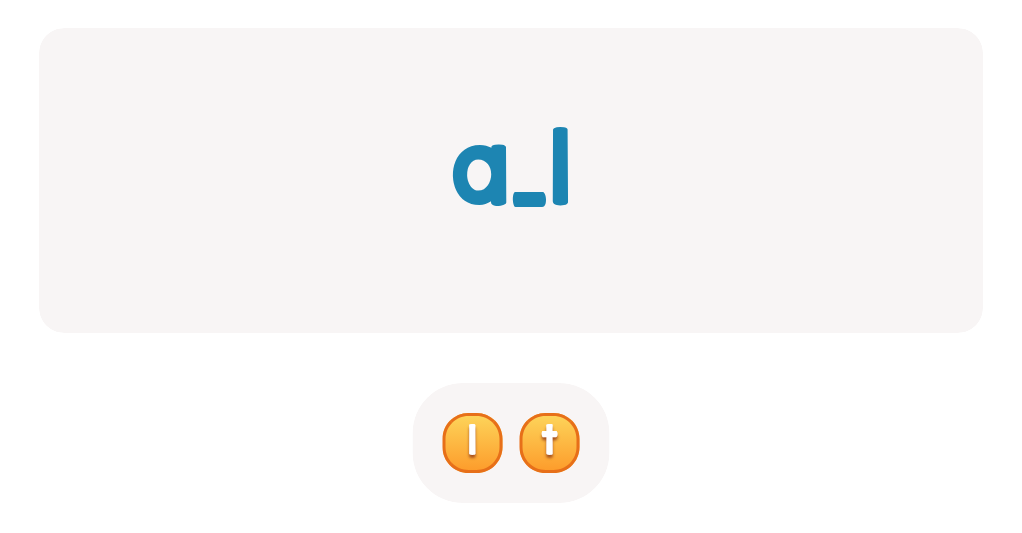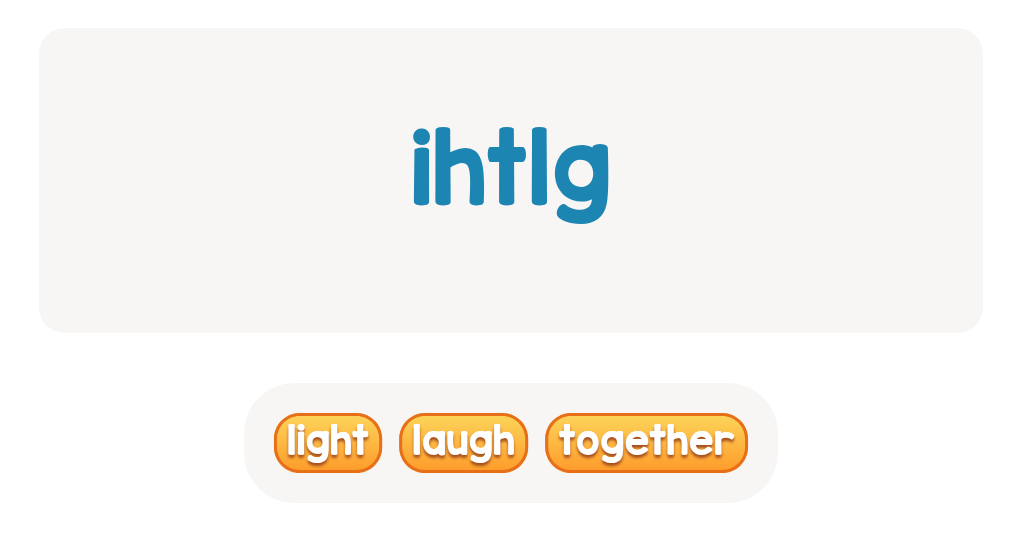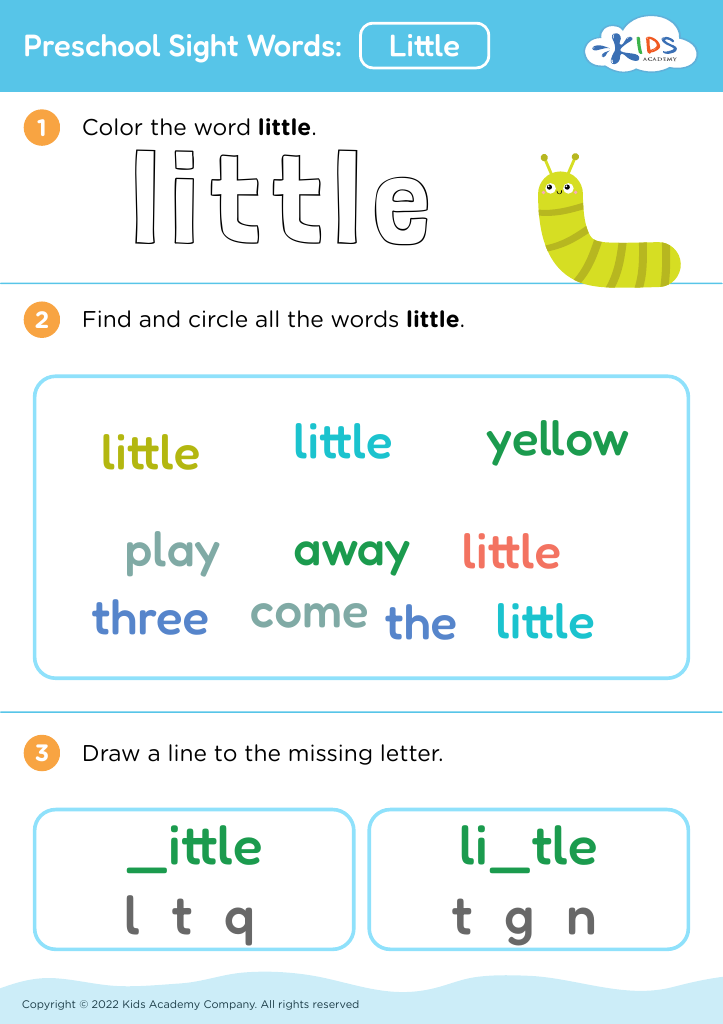Shape Recognition Building Vocabulary Worksheets for Ages 5-7
6 filtered results
-
From - To
Enhance your child's early learning with our "Shape Recognition Building Vocabulary Worksheets" designed specifically for ages 5-7. These engaging resources aid young learners in identifying and naming various shapes while simultaneously expanding their vocabulary. Our worksheets offer a fun, interactive approach to learning, blending shape recognition with essential reading skills. Perfect for teachers and parents alike, this collection helps children build a strong educational foundation. Foster your child's academic growth while instilling a love for learning through hands-on activities that combine visual and linguistic skills. Unlock your child's potential today with our expertly crafted worksheets!
Shape recognition and building vocabulary are foundational skills for children aged 5-7 that set the stage for their overall cognitive development and academic success. At this early age, children are like sponges, absorbing information rapidly, and their ability to recognize and describe shapes plays a crucial role in this learning process.
First, shape recognition helps develop spatial awareness, which is essential for understanding more complex mathematical concepts and problem-solving skills later in life. Recognizing shapes like circles, squares, and triangles aids in the development of geometry skills, which are fundamental mathematical concepts.
Secondly, building vocabulary around shapes enhances children's language skills. By learning the names and attributes of various shapes, children improve their ability to describe the world around them. This not only boosts their communication abilities but also encourages curiosity and learning in other areas such as science and art.
Additionally, shape recognition and vocabulary building foster critical thinking and observation skills. When children can identify shapes, they learn to observe details, compare and contrast, and classify objects, all of which contribute to higher-order thinking skills.
Ultimately, supporting shape recognition and vocabulary building in young children equips them with tools for academic achievement and everyday life, fostering a well-rounded foundation for future learning experiences.






































